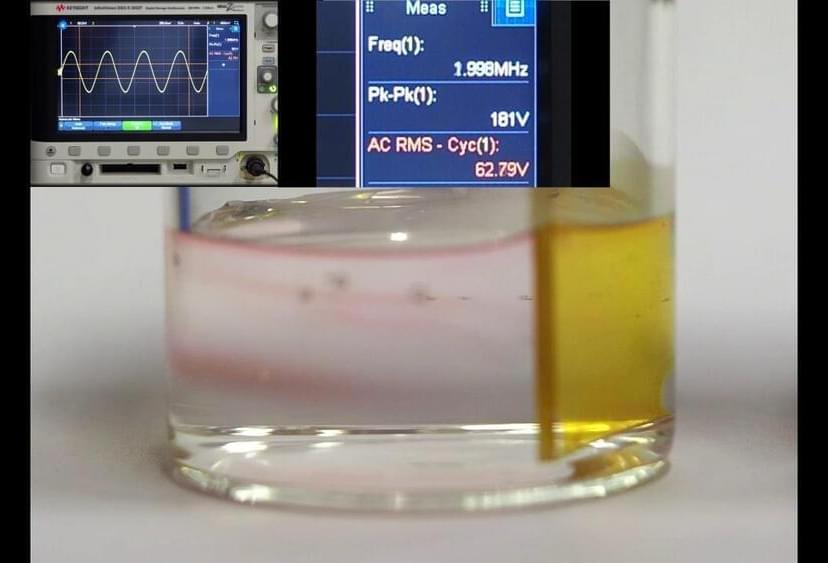Circa 2020
Imagine a dressing that releases antibiotics on demand and absorbs excessive wound exudate at the same time. Researchers at Eindhoven University of Technology hope to achieve just that, by developing a smart coating that actively releases and absorbs multiple fluids, triggered by a radio signal. This material is not only beneficial for the health care industry, it is also very promising in the field of robotics or even virtual reality.
TU/e-researcher Danqing Liu, from the Institute of Complex Molecular Systems and the lead author of this paper, and her PhD student Yuanyuan Zhan are inspired by the skins of living creatures. Human skin secretes oil to defend against bacteria and sweats to regulate the body temperature. A fish secretes mucus from its skin to reduce friction from the water to swim faster. Liu now presents an artificial skin: a smart surface that can actively and repeatedly release and reabsorb substances under environmental stimuli, in this case radio waves. And that is special, as in the field of smart materials, most approaches are limited to passive release.
The potential applications are numerous. Dressings using this type of material could regulate drug delivery, to administer a drug on demand over a longer time and then ‘re-load’ with a different drug. Robots could use the layer of skin to ‘sweat’ for cooling themselves, which reduces the need for heavy ventilators inside their bodies. Machines could release lubricant to mechanical parts when needed. Or advanced controllers for virtual reality gaming could be made, that get wet or dry to enhance the human perception.
The basis of the material, the coating, is made of liquid-crystal molecules, well-known from LCD screens. These molecules have so-called responsive properties. Liu: “You could imagine this as a communication material. It communicates with its environment and reacts to stimuli.” With her team at the department of Chemical Engineering and Chemistry she discovered that the liquid-crystal molecules react to radio waves. When the waves are turned on, the molecules twist to orient with the waves’ direction of travel.
